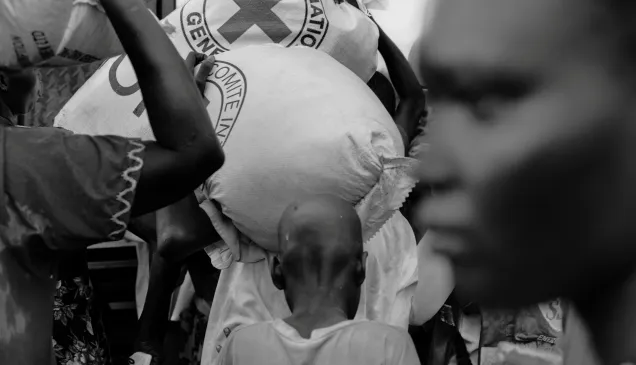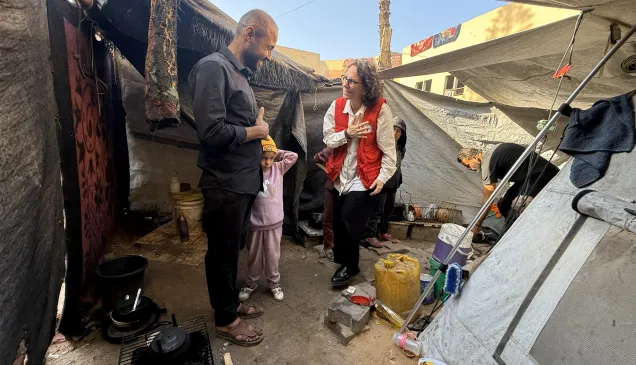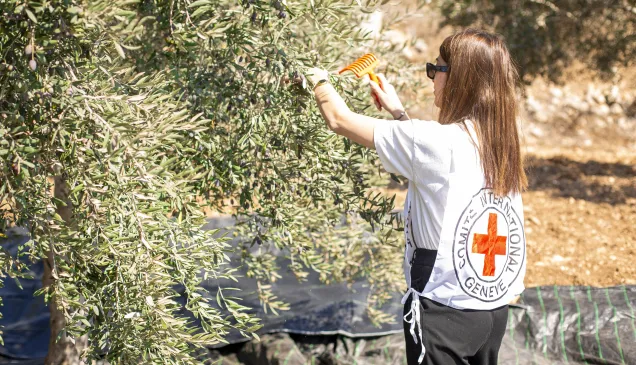A girl sitting outside her family house at Al-Nada towers in the north of Gaza. The building was destroyed during the 2014 war, then poorly reconstructed to provide a shelter for the family. Two million Gazans live on 360 square kilometer facing severe restrictions on movement of people and goods.
A haircut by candlelight: Gaza in photos
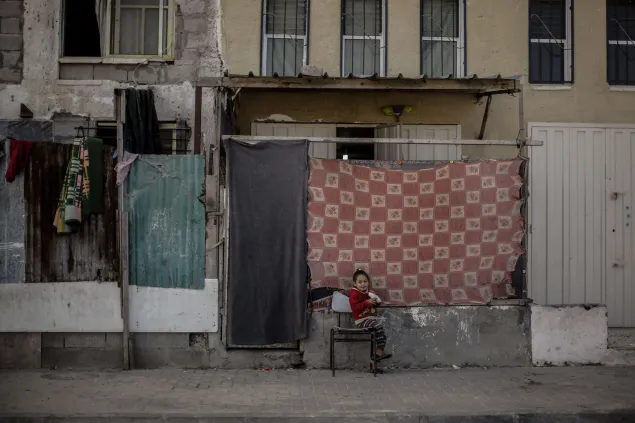
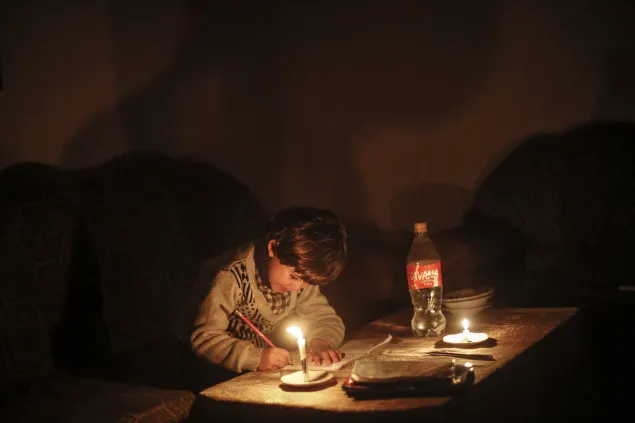
Eyad, aged five, does his homework by candlelight during a power outage. The electricity and energy crisis in Gaza has been an ongoing characteristic for the past several years. Sometimes people receive as little as four hours of power a day.
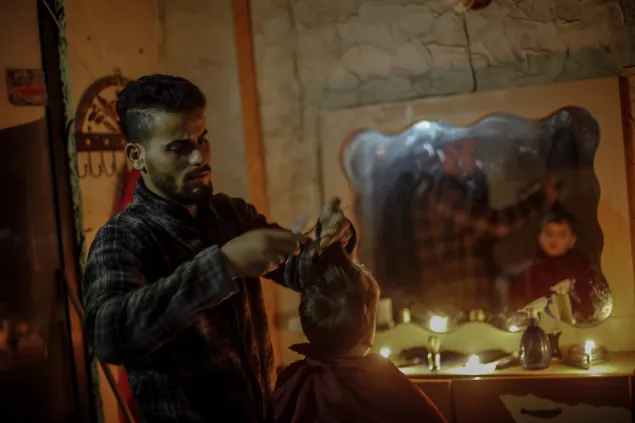
A barber attends to a customer by candlelight during a power cut at al-Shati refugee camp.
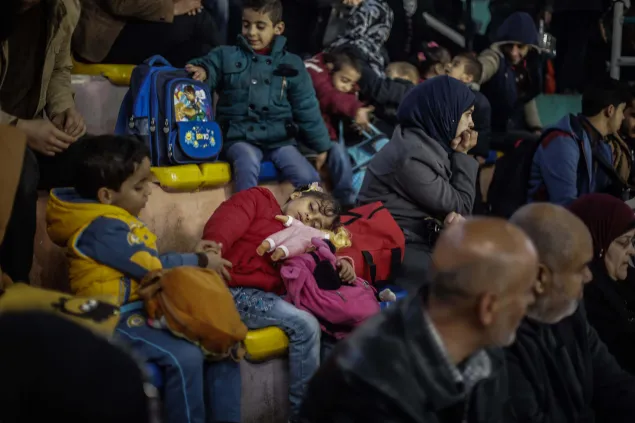
A child sleeps while waiting to cross into Egypt through the Rafah Crossing.
The crossing has been opening only on ad hoc basis since 2006. Nevertheless, it is still considered the main gateway for Gazans into the outside world.
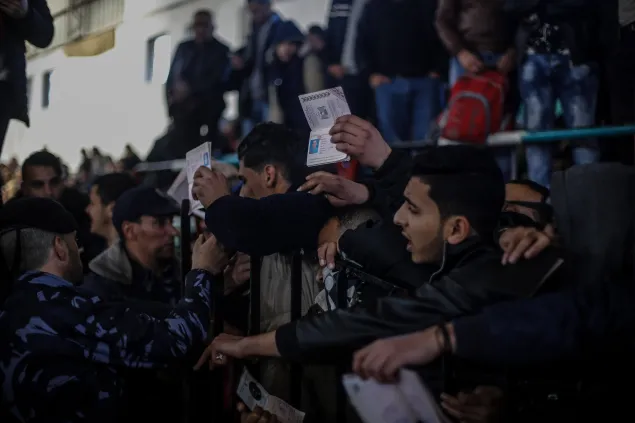
Palestinians gather at a makeshift station to get travel permits to cross into Egypt through Rafah Crossing. Egyptian authorities opened the crossing exceptionally for one day for humanitarian cases.
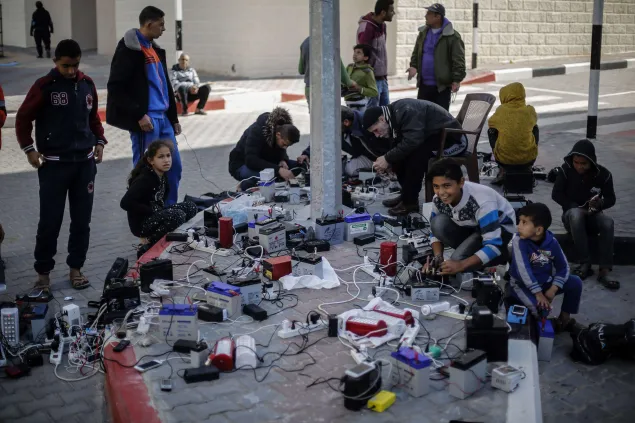
People charge their mobile phones and emergency light devices. Portable batteries is a free service offered in neighborhoods that experience frequent power outages.
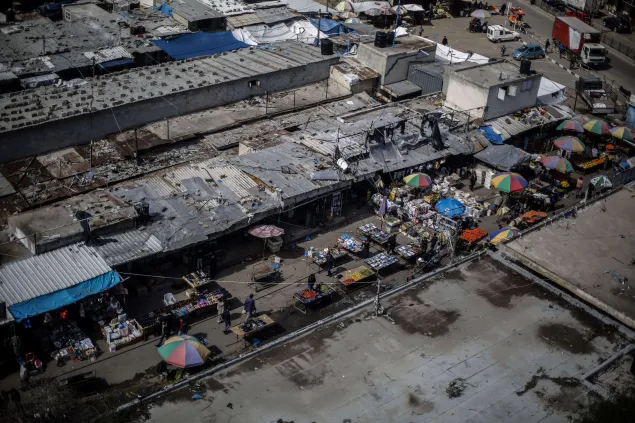
The largest and the busiest market in Gaza City looks unusually empty. The ongoing economic crisis reduced the purchasing power and the flow of cash. Many merchants, who import goods, are unable to sell them, finding themselves in debt.
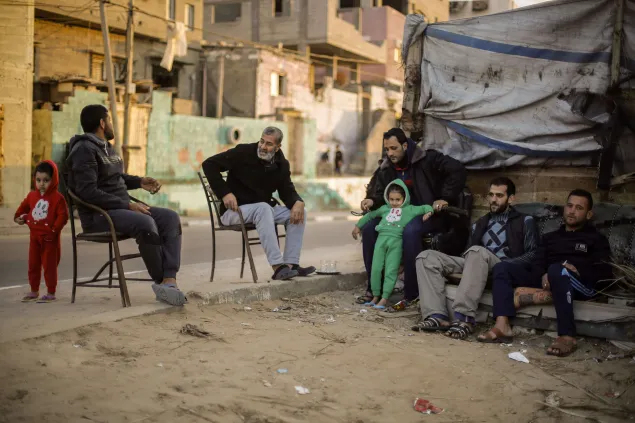
Men sit outside their houses at Al Shati’ refugee camp in Gaza city. More than 100,000 people who used to work outside Gaza struggle to find an alternative source of income.
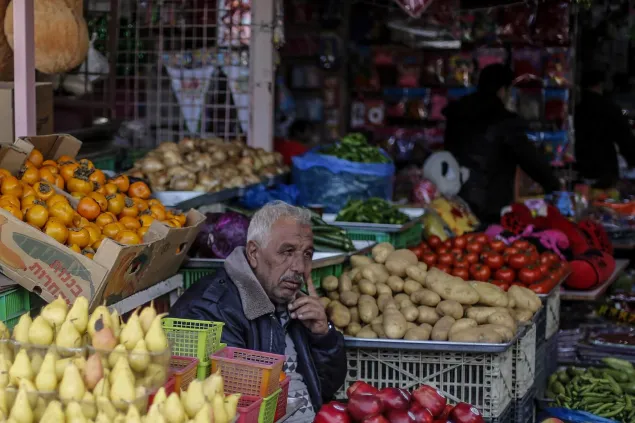
A man sits in his grocery shop waiting for costumers.
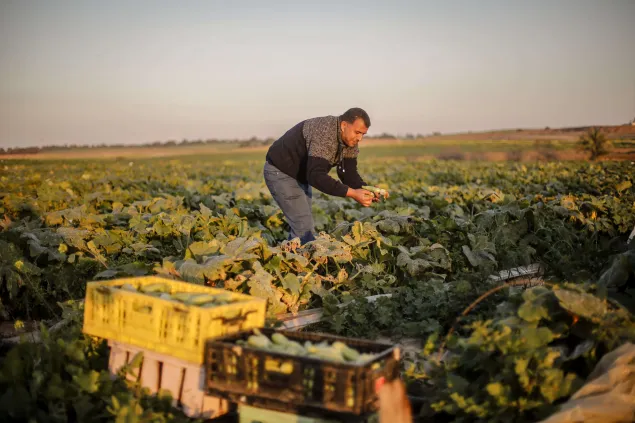
A farmer collects squash from his land in Eastern Gaza. Farmers struggle to grow their crops with no water and electricity supplies. When they manage to harvest, selling their produce at the market cannot be taken for granted.
In Gaza, the numbers are stark: Four out of five families in Gaza do not have a stable source of income. Seven out of ten people depend on humanitarian aid.
Isolated from the rest of the world, residents of Gaza lack many things: electricity, water, medicines, and jobs. More than anything else, however, they lack hope that their lives will change for the better.
The worsening economic crisis and the highest unemployment rate in several years have hit Gaza's youth the hardest. Unemployed and disenchanted, they see little reason to be optimistic for what the future holds.

